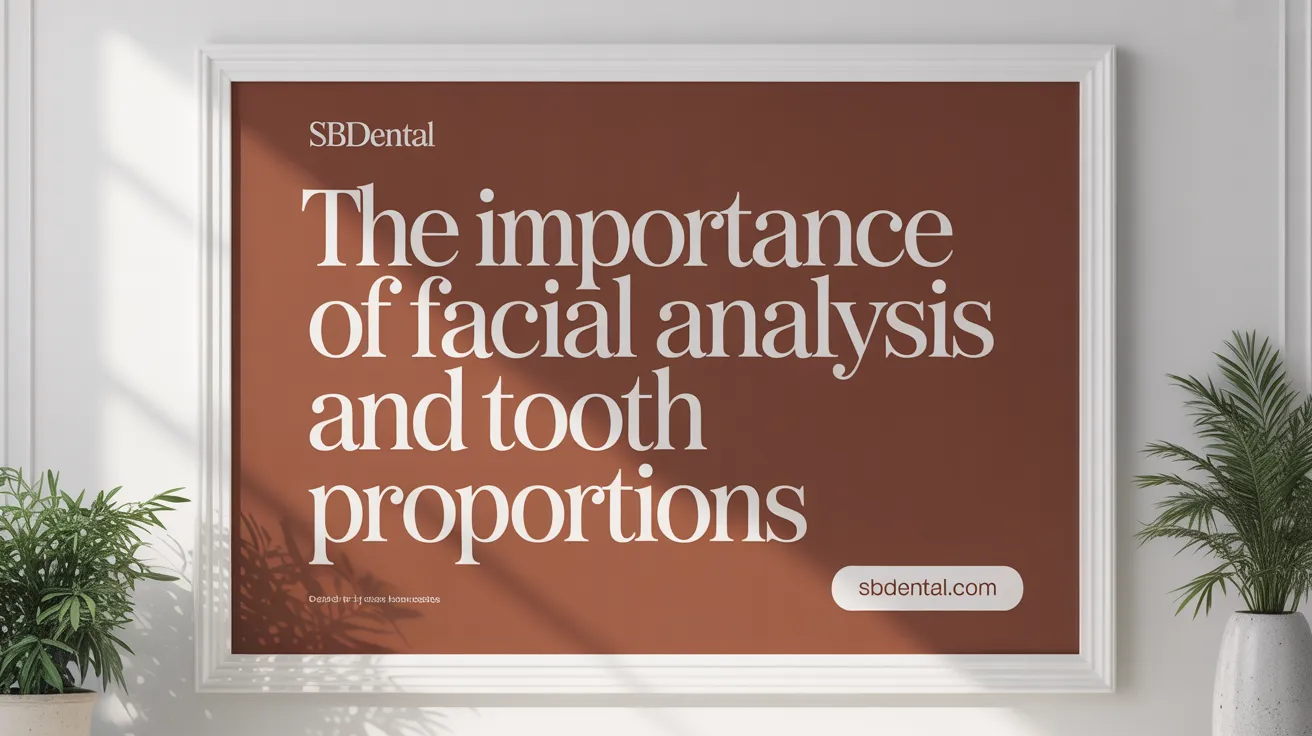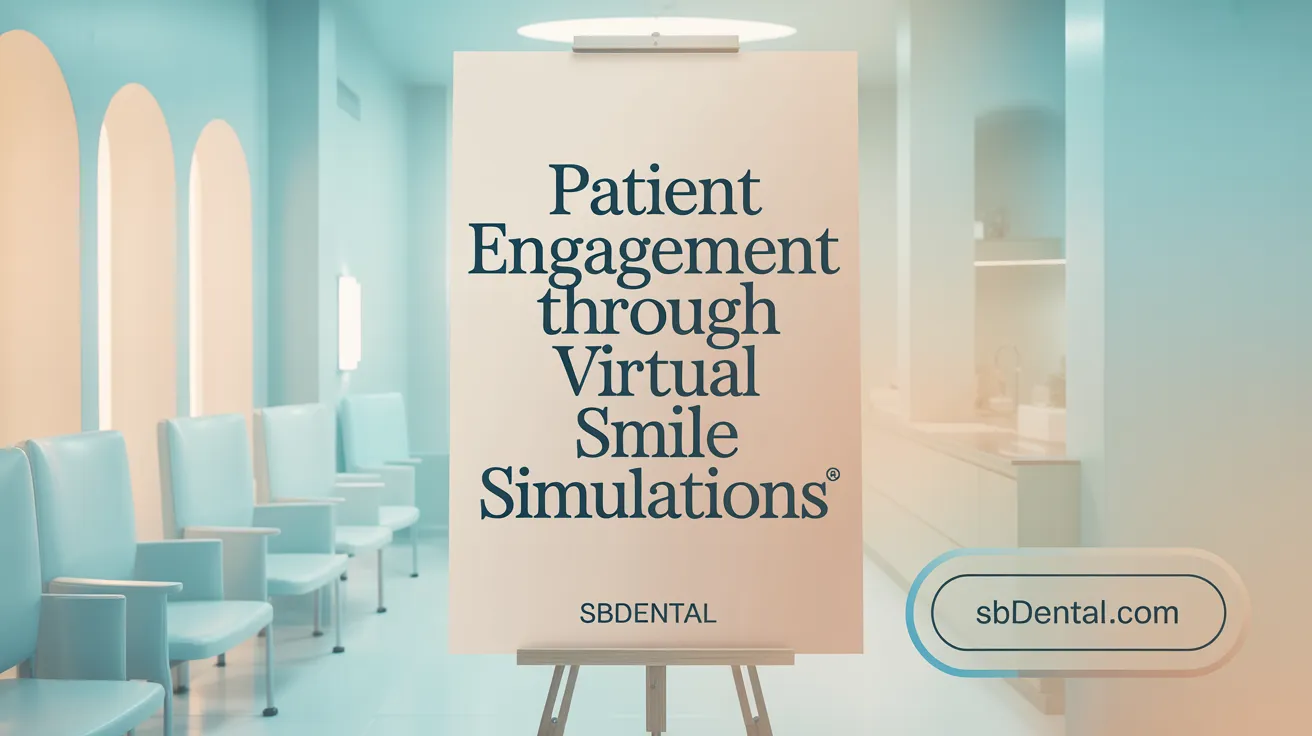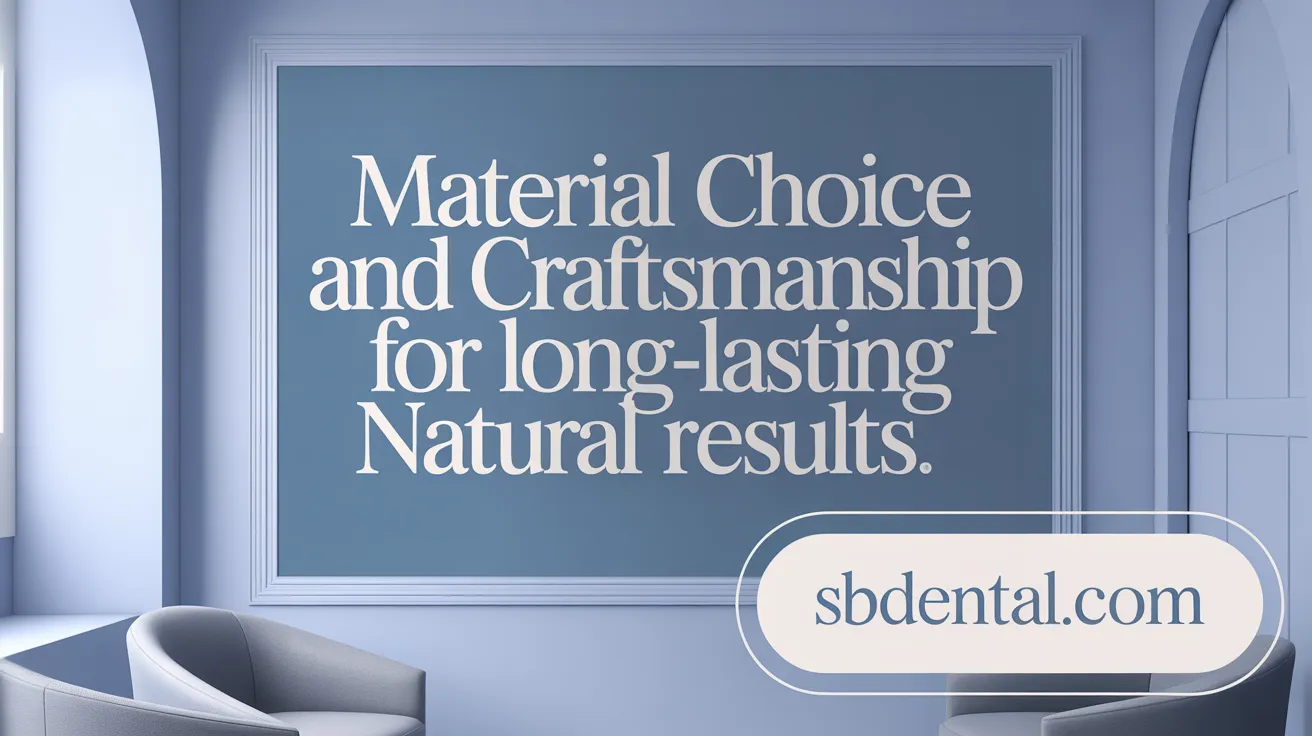Crafting Authentic Smiles Through Advanced Digital Dentistry
Achieving a smile that looks naturally beautiful and enhances confidence is a goal shared by countless dental patients today. Modern smile design blends artistry, technology, and personalized care to create transformations that not only improve appearance but also uphold oral health. This article delves into how contemporary techniques and principles work together to deliver natural-looking smile makeovers, empowering patients to smile with authenticity and assurance.
Understanding the Foundations of Natural Smile Design

What principles guide the creation of a natural-looking smile?
Natural-looking smile design is guided by a set of principles centered on harmony and balance with a patient's unique facial features. It begins with facial analysis that assesses the symmetry of the face, lips, and dental structures to create treatments that complement these individual traits.
The tooth proportion—particularly the width to height ratio of the central incisors—is ideally around 75-80%. This proportion helps keep the teeth looking attractive and proportional rather than oversized or too narrow. Proper midline alignment is essential, aligning the dental midline with the facial midline to produce visual harmony.
Why is gum line symmetry and the golden proportion important?
Symmetry in the gum line creates an even and balanced frame for the teeth, enhancing smile aesthetics. Treatments such as gum contouring help achieve this balance. Additionally, the golden proportion—a mathematical ratio often used in smile design—guides the sizing of adjacent teeth to maintain an ordered, natural look that flows with the facial structure.
How do tooth color, translucency, and texture affect natural aesthetics?
Achieving a natural smile also involves thoughtful color matching, taking into account tooth shade and natural variations in shading and markings. High-quality materials like porcelain mimic the translucency and texture of enamel, producing a lifelike sparkle and depth. Avoiding overly uniform color or perfect shapes prevents the smile from appearing artificial.
How are function and appearance balanced in a smile?
A beautifully designed smile must also maintain functional harmony. Proper orientation, including the smile line that follows the curve of the lower lip, and carefully aligned teeth ensure efficient biting, speech, and oral health. This balance supports both the aesthetic and practical aspects of a smile.
What role does natural variation play in avoiding a fake look?
Natural smiles include subtle variations in tooth size, shape, and color. Replicating these nuances prevents the overly perfect, artificial appearance common in poor orthodontic or cosmetic work. Incorporating slight asymmetries and texture creates a smile that looks authentic and blends seamlessly with the person’s face.
Digital Smile Design: Enhancing Precision and Personalization

Role of Digital Smile Design (DSD) technology and 3D imaging
Digital Smile Design (DSD) technology uses high-resolution photography, videos, and 3D intraoral scans to capture detailed anatomical data. These digital records create precise, three-dimensional models of a patient’s teeth, gums, and facial features. This foundation allows for an accurate virtual analysis of dental proportions and facial harmony, essential for crafting a natural-looking smile transformation.
Patient involvement via digital simulations and virtual mockups
An important aspect of DSD treatment planning is active patient participation. Using software, patients can view realistic digital simulations and virtual smile mockups of their potential new smile. This involvement helps ensure the design aligns with their aesthetic goals. Patients can preview adjustments in tooth shape, color, and alignment before treatment begins, enhancing confidence and satisfaction with the final results.
How DSD improves communication and outcome predictability
DSD bridges the communication gap between the patient, dentist, and dental laboratory by providing a visual blueprint of the expected outcomes. Treatment can be planned with clear numerical measurements and images, reducing uncertainty. The digital mockups and simulations foster transparency, helping dentists deliver more predictable and precise results with fewer errors.
Integration of DSD with CAD/CAM and 3Shape Smile Design software
Integration with CAD/CAM systems streamlines the entire workflow, allowing designs created in DSD software to be directly exported for the fabrication of restorations such as crowns, veneers, and bridges. Tools like 3Shape Smile Design software enhance the process by enabling photorealistic smile visualization on patient photographs, further improving customization and enabling easy sharing with patients and their families.
Benefits of digital tools in custom smile creation
The use of digital tools accelerates treatment planning and execution while preserving a natural aesthetic. Customized restorations fit better and result in longer-lasting, more comfortable smiles. High-tech digital workflows support minimally invasive procedures and provide patients with a clear preview, leading to increased satisfaction. Overall, Digital Smile Design enhances personalized care, combining artistry and technology to create balanced, beautiful smiles tailored uniquely to each patient.
How does Digital Smile Design technology contribute to natural-looking smile transformations?
Digital Smile Design uses high-resolution photos, videos, and 3D intraoral scans to create a detailed digital model of the patient’s mouth and facial features. This technology enables dentists to simulate and customize the smile before beginning treatment. Patients actively participate by viewing and modifying digital mockups, ensuring results align with their aesthetic preferences and facial harmony. The precision offered by DSD reduces errors, improves restoration fit, and accelerates treatment through integration with CAD/CAM workflows, leading to more predictable, natural, and personalized outcomes.
Key Cosmetic Procedures for Achieving Natural Smiles
What cosmetic dental procedures contribute to a natural-looking smile makeover?
Achieving a natural-looking smile makeover involves a range of cosmetic dental procedures tailored to individual needs and facial features.
Dental Veneers: Porcelain veneers are highly valued for their translucency and durability, which closely mimic the texture and light-reflecting qualities of natural enamel. They are custom-made to match the shape, size, and color of surrounding teeth, offering a seamless and aesthetically pleasing result. Composite veneers serve as a less invasive and quicker alternative, ideal for minor corrections.
Teeth Whitening: Modern advancements such as laser whitening and UV-activated kits deliver faster and longer-lasting brightening effects with minimal sensitivity. While whitening effectively removes stains from aging, smoking, and foods, it does not change the structure of teeth, thereby preserving a natural appearance.
Orthodontic Treatments: Invisalign and other clear aligner systems provide a discreet and comfortable way to correct misalignments and spacing issues. Unlike traditional braces, these transparent aligners avoid metal brackets, enhancing the natural look during treatment.
Dental Bonding and Contouring: Dental bonding uses tooth-colored resin to fix small chips, cracks, or gaps in teeth, preserving natural tooth structure with minimal preparation. Contouring reshapes uneven or crooked teeth, often combined with bonding for a subtle transformation.
Crowns, Implants, and Gum Contouring: Crowns restore function and appearance to damaged or misshapen teeth using ceramic materials that blend with natural teeth. Dental implants replace missing teeth, supporting facial structure and maintaining oral function with lifelike restoration. Gum contouring , often performed with laser technology, reshapes excessive or uneven gum tissue, creating balanced and harmonious gum lines that complement the smile.
Together, these procedures combine to create a smile that looks natural, functions properly, and enhances confidence while harmonizing with facial aesthetics.
The Smile Makeover Process: From Consultation to Lasting Results
What does the smile makeover journey involve and how is it customized for natural results?
The smile makeover starts with a comprehensive initial consultation. During this phase, dentists perform thorough oral health assessments, including exams, X-rays, and digital imaging, to evaluate the condition of teeth, gums, and bone structure. Patient goals for appearance and function are discussed extensively to tailor the makeover to individual desires and facial features.
How are treatment plans developed?
Using digital impressions and advanced smile analysis tools, dentists craft a personalized treatment plan. Digital Smile Design (DSD) software can preview the expected results, allowing patients to visualize their future smile and participate actively in the planning. This collaboration ensures the smile makeover is well-suited to each patient's unique anatomy and aesthetic preferences.
What are the procedural phases in a smile makeover?
- Preparation Phase: Address underlying oral health issues, such as cavities, gum disease, or misaligned teeth. This step may involve cleaning, fillings, or orthodontic evaluations.
- Execution Phase: Perform cosmetic and restorative treatments like professional teeth whitening, porcelain veneers, dental crowns, bonding, or clear aligners.
- Final Adjustments: Carefully fit and adjust restorations ensuring comfort, function, and a natural look. Temporary restorations may be used initially.
Why is collaboration important throughout the process?
Open communication between patient and dentist ensures expectations align with achievable outcomes. Digital previews and ongoing feedback help modify treatments as needed, fostering confidence and satisfaction.
How to maintain natural aesthetics after treatment?
Post-treatment care includes regular dental check-ups, meticulous oral hygiene practices such as brushing and flossing, and avoiding habits that could damage restorations. Patients may also be advised on diet, lifestyle, and the use of protective devices like nightguards to preserve results for years to come.
Achieving Authenticity: Factors Ensuring Long-Lasting Natural Smiles

What factors ensure that smile design results look and last naturally?
Achieving an authentic, natural-looking smile that endures over time hinges on several important factors. The foundation starts with material selection; porcelain veneers are preferred for their translucency and stain resistance, closely mimicking natural enamel. Skilled craftsmanship customizes the shape, size, and texture of veneers and restorations to harmonize with each patient's unique facial features, avoiding overly bright or flat appearances that can look artificial.
Advanced technology plays a crucial role in this process. Digital Smile Design (DSD) and color-matching software allow for precise shade selection tailored to tooth color and skin tone. Laser-assisted gum contouring ensures symmetry and natural scalloping in the gum line for improved aesthetics.
Patient candidacy is also critical. Ideal candidates have healthy teeth and gums since underlying oral health issues can compromise outcomes. Maintaining the smile post-procedure requires good daily oral hygiene, regular dental visits, and lifestyle adjustments to avoid staining substances like tobacco and excessive coffee.
Avoiding common pitfalls such as exaggerated whiteness, disproportionate tooth shapes, or poorly fitting restorations helps prevent an unnatural, 'fake' smile. Overall, a comprehensive, personalized approach combining expert artistry, modern materials, technology, and patient compliance ensures results that not only look natural but stand the test of time.
The Future of Smile Design: Personalized, Natural, and Confident
Innovations in smile design marry cutting-edge technology with profound dental artistry to craft smiles that look and feel completely natural. The integration of Digital Smile Design and advanced cosmetic procedures empowers patients to take active roles in their transformations, ensuring results that harmonize with individual facial features and lifestyles. By adhering to established principles, selecting the right materials, and maintaining diligent care, smile makeovers today achieve enduring beauty and functionality. This holistic approach not only enhances aesthetics but also elevates self-confidence and overall oral health — ushering in a new era of personalized, natural-looking smile transformations.
